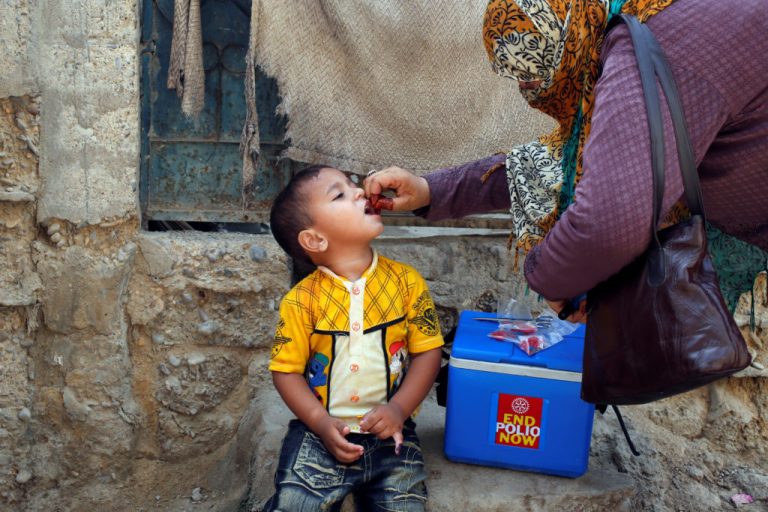Decades-Long Polio Eradication Campaign Faces Mounting Challenges in Pakistan and Afghanistan
The global effort to eradicate polio, a paralytic disease that primarily affects children under five, has encountered significant obstacles in Pakistan and Afghanistan, the only two countries where transmission of the wild poliovirus has never been interrupted. Despite a decades-long campaign spearheaded by the World Health Organization (WHO) and its partners, including the Global Polio Eradication Initiative (GPEI), cases have rebounded in recent years, jeopardizing the ambitious goal of complete eradication. While the campaign has achieved remarkable success globally, vaccinating billions of children and preventing millions of cases of paralysis, its efforts in these two nations have been hampered by a confluence of factors, including mismanagement, flawed strategies, and a problematic oral vaccine.
Internal documents obtained by The Associated Press, coupled with interviews with polio workers and health experts, reveal a troubling pattern of systemic issues within the campaign. Falsified vaccination records, unqualified personnel administering vaccines, inadequate vaccine storage, and a failure to deploy teams during mass campaigns are just some of the problems plaguing the effort. These issues, repeatedly flagged by local workers in both countries, have largely gone unaddressed by senior management, hindering progress and undermining the credibility of the initiative. The pressure to achieve eradication targets has led to dishonest practices, such as falsely marking children as immunized, further exacerbating the problem.
The continued reliance on the oral polio vaccine, while effective in many contexts, has also contributed to the challenges. The oral vaccine, containing a weakened live virus, carries the extremely rare risk of causing paralysis in vaccinated children and, even more rarely, mutating into a form capable of sparking new outbreaks in under-immunized populations. While most experts agree that the oral vaccine remains essential for achieving eradication, particularly given the limited availability and higher cost of the injectable vaccine, concerns about its potential drawbacks persist. The emergence of vaccine-derived poliovirus cases, while relatively small in number, underscores the need for a revised strategy that minimizes these risks.
The operational challenges faced by vaccination teams on the ground are immense. Cultural barriers, widespread mistrust of vaccines fueled by misinformation, and the difficult terrain in remote areas make door-to-door vaccination efforts arduous and often dangerous. Polio workers face resistance from families influenced by unfounded rumors about the vaccine’s side effects, including unsubstantiated claims about sterilization and other health problems. The volatile security situation in both countries also poses a significant threat, with hundreds of polio workers and security personnel killed in the line of duty.
Critics of the campaign argue that the GPEI’s unwavering adherence to an outdated strategy and its reluctance to adapt to the unique challenges in Pakistan and Afghanistan have undermined its effectiveness. They point to the billions of dollars spent with limited progress in recent years and call for a more flexible approach that prioritizes community engagement, addresses local concerns, and tackles the root causes of vaccine hesitancy. Some suggest that the vast resources dedicated to polio eradication could be better allocated to addressing other pressing health needs in these countries.
The pervasive mistrust of the polio campaign is further compounded by historical factors, including the CIA’s use of a fake vaccination campaign in Pakistan as part of the hunt for Osama bin Laden. This incident damaged the credibility of legitimate health initiatives and fueled conspiracy theories about the true motives behind vaccination efforts. The anti-vaccine sentiment prevalent in some Western countries has also seeped into these regions, adding another layer of complexity to the challenge.
Moving forward, the success of the polio eradication campaign hinges on addressing these fundamental issues. Greater transparency, accountability, and a willingness to adapt strategies to the local context are essential. Building trust within communities, dispelling misinformation, and engaging with local leaders and influencers are crucial steps towards achieving the goal of a polio-free world. A shift in focus towards strengthening health systems, improving sanitation, and addressing the socioeconomic factors that contribute to vaccine hesitancy is also necessary for long-term success. The campaign’s ambitious 2029 eradication target remains attainable, but only if a comprehensive and adaptive approach is adopted.


